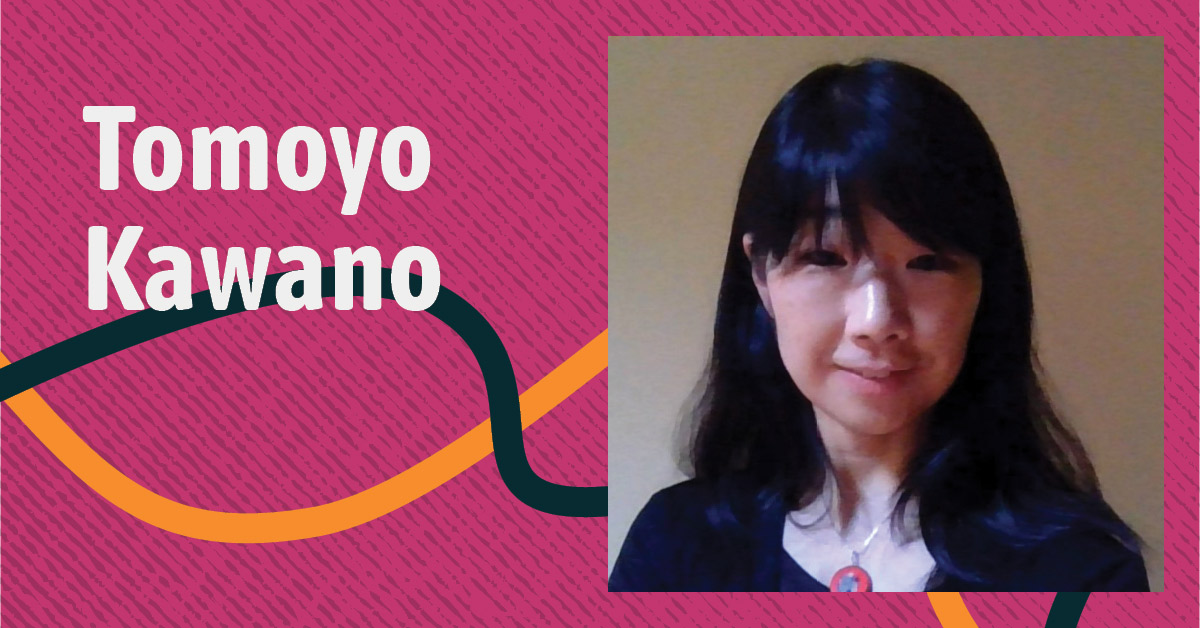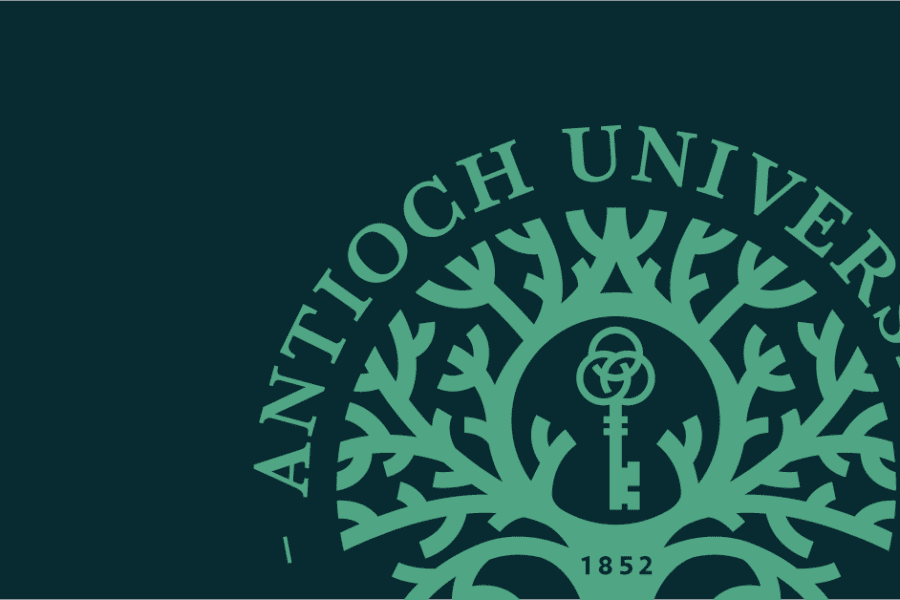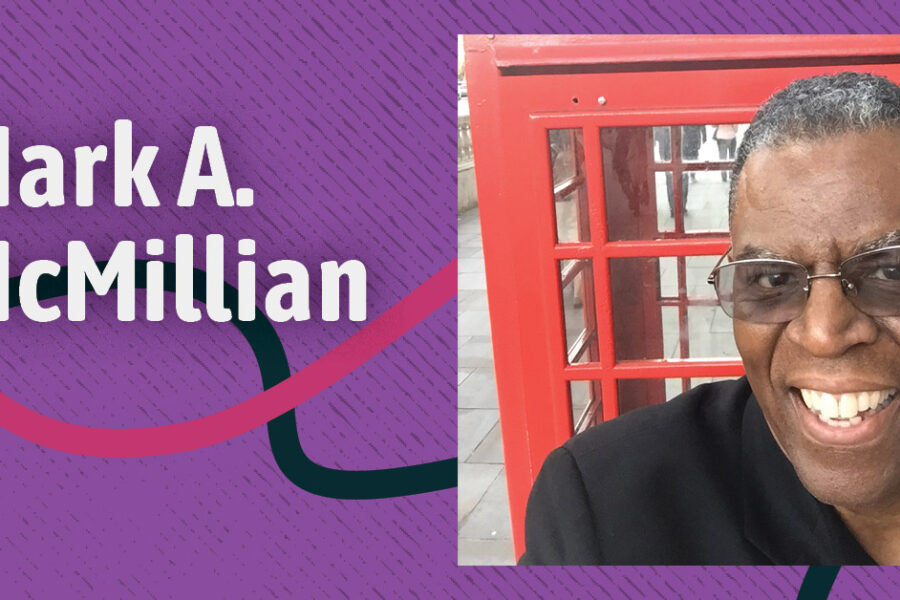Last month, the American Dance Therapy Association awarded its “Excellence in Education Recognition Award” to Tomoyo Kawano, Director of the MA in Dance/Movement Therapy program. The award specifically recognizes the work Kawano has been doing for years: educating students to practice as therapists in this burgeoning field and pushing forward the practice of Dance/Movement Therapy itself.
Kawano’s recognition is important, especially as she is working to make the discipline more diverse and accessible to a wider range of people—a change that has not always been embraced by gatekeepers within the world of Dance/Movement Therapy. As a Japanese-immigrant woman, Kawano has faced more than her fair share of challenges on the path to her current role at Antioch. But today, she is working to ensure that future generations don’t face similar challenges—and finding recognition for doing so.
Deconstructing White Supremacy Within Dance/ Movement Therapy
Kawano believes that the award, in part, recognized her scholarly and especially her 2019 article, “Applying Critical Consciousness to Dance/Movement Therapy Pedagogy and the Politics of the Body.” This article, co-authored by Meg Chang, looked at how, within Dance/Movement Therapy, “the lack of social critique of the inherent ‘whiteness’ of its epistemology can be overlooked in the process of education and training of DMT professionals.” The abstract continues, “The DMT norms, that are not explicitly stated, may manifest in practice as unintended oppression of trainees as well as peers.”
When the article was first published, Kawano says the feedback she received was that it was well-written, but colleagues said that she and her co-author’s work wasn’t crucial. Then, some years down the line—as antiracism and decolonizing work became more mainstream across academia—there was a boom of people citing the article.
“It’s because people’s awareness has shifted,” says Kawano. “I still carry that torch by really always questioning what people are telling me is normal, what people are saying.” She gives the example of being skeptical whenever people told her, “This is the right way to do something.” Instead of just going along with these suggestions, she sees her own unique background as equipping her to see things that other people cannot. As she says, “It’s important to see Dance/Movement Therapy from a different lens.”
Finding The Right Path
The background that allows Kawano to find her own realizations in the field of Dance/Movement Therapy goes back to childhood.
“I’ve been dancing since I was little,” she says.
Growing up, Kawano lived in many different cultures and countries: Japan, Peru, Venezuela, the U.S., and Italy. Within those different settings, Kawano became sensitive to the differences in communication styles in both verbal and non-verbal communication.
She ended up formally studying dance, experimenting with styles including ballet, modern dance, as well as Japanese Folk Dance, which she grew up participating in. “I’ve done a lot of summer festivals where we welcome ancestors,” she explains. “We do this every summer.”
In Japan, there are other traditions, as well, that involve movement practice. Kawano was always inclined to connect with others through these nonverbal means, which combined both traditional and playful.
When she began studying at a university in Tokyo—as she explains, she was “trying to become an adult with a proper job”—she stopped dancing. However, Kawano soon came to realize that stopping dancing upset her. “I was very unhappy,” she says, “and I also felt like I didn’t know the right from the wrong path, so I was searching.”
So she began dancing again, in ways small and eventually large.
A turning point came during an outside lunar opera pop-up event at the Lincoln Center in New York City. The directive for dancers was to move when they felt called to do so. As she explains, “Our purpose was to listen to the environment, to ourselves, to others around us, and then respond in movement.”
She followed this free-form instruction, and by doing so, she found that she felt connected to everything and everyone. “I could be who I am, and also be a part of a community—part of another world,” she says. “I was like, Oh! I just want to do this for the rest of my life!”
Becoming Antioch’s MA in DMT Director
Kawano decided to make a career change and study Dance/Movement Therapy. This eventually led her to get a PhD at Lesley University, and to her current job at Antioch’s New England campus, serving as Program Director for the MA in Dance/Movement Therapy.
“I was lucky that things worked out,” she says. “I pursued my passion, and doors kept opening for me.”
This almost didn’t happen, though. Before coming to Antioch, Kawano worked in an academic department where she felt conspicuous as one of the very few women and BIPOC people. It was a very difficult environment to work in as an Asian woman.
That was why, when the previous director of Antioch’s Dance/Movement Therapy program recruited her, she thought, “Well, I’ll just check it out. I don’t have anything to lose.” She visited Antioch, explored the campus, and found the people to be unusually welcoming.
“It was just a different culture and environment,” she says. “There was a difference in terms of how people were treating me.”
She applied for the job and ended up being hired. And soon, she found herself directing the program when her colleagues retired. This gave Kawano the opportunity to hire a new faculty member. She ended up hiring Chevon Stewart as core faculty and coordinator of the low-residency Dance/Movement Therapy Certificate. Stewart brought significant experience working in community mental health, school-based mental health, and forensic mental health settings in California and New York. She had worked as a Dance/Movement Therapist, co-facilitating a creative art therapy camp for survivors of sexual violence in Kenya. Stewart also happened to be a BIPOC woman, too.
“We are probably the only dance/movement therapy program that has two women of color in core faculty positions,” says Kawano. “And so we’re noticing that increasingly, the student body is dedicated to anti-oppressive practice, and in the last two terms, BIPOC students were the majority.”
That is part of what distinguishes Antioch’s Dance/Movement Therapy Program from other Dance/Movement Programs. The students see two strong women of color leading the program, and they see their stance and identify with the social justice mission.
Advice to Students Entering the Field
This position gives Kawano a great opportunity to help steer the field of Dance/Movement Therapy in positive directions. She likes to tell students considering undertaking the program that studying for a master’s degree is a big commitment, but students should try to hold onto the passion they start with. When they get through their years of study, they can be ready to achieve their goals. Says Kawano, “I can see it when they’re doing the Dance/Movement Therapy requirements—they are so excited. They’re happy, they want to get out, and they want to do the work.”
When thinking about her passion for Dance/Movement Therapy, Kawano says, “The words that come to me are unconditional acceptance and loving connection.” Part of what she and Stewart are trying to do through the arts is to help students, and subsequently their clients, with learning a new way to engage in dialogue—to feel into that embodied knowledge.
Down the road, Kawano hopes to co-author a textbook, exploring the positions of BIPOC individuals in Dance/Movement Therapy. By teaching and continuing to work toward social justice in her field, Kawano creates space for students to develop integrated practices that support their many future clients.



